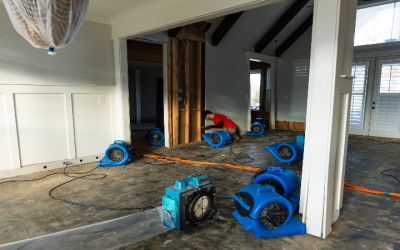Improving your safety on the road means looking after your car and making sure it’s always in the best possible shape. That way, when you slide behind the wheel and drive off, you know you’re in good hands.
Looking after your car, though, includes inspecting everything, from top to bottom. That’s how you can tell if something’s going to break or not. By taking a thorough look-around. Here are some handy tips to help your inspection along:
1. Find jacks and use these to hold up your car, suggests Dummies.
2. Hold the wheel around the top and bottom. Then try to rock it around. If it gives, that’s usually a sign that you’ve got loose wheel bearings on your hands.
3. Put your car in neutral mode.
4. Then try to rotate the wheel. Be mindful of any resistance. If you hear any squealing or grinding noises or if you feel any roughness while the wheel rotates, those are all signs of a possible loose wheel bearing.
How that Happens
Wheel bearings are basically a part of your wheel hub assembly. They reduce the friction between the wheel and other parts of the hub, allowing your car to swerve, swivel or stop with ease. However, wheel bearings eventually break down over time, no matter how well-made they are.
And when they do, the buffer between the wheel and other parts of the hub disappear, leading to massive friction. That’s the roughness you feel when you rotate the wheel.
It’s also interesting to note that, in many instances, front wheel bearing replacements are often in higher demand than replacements for rear ones.
That’s because bearings for your front wheels are exposed to greater stress and handle the brunt of the pressure whenever your car makes a turn. That’s how uneven wear and tear on the bearings happens, though. So keep that in mind.
Uneven Wear and Tear
Most drivers who want to make sure all four bearings work in sync often change their bearings for their rear and front wheels at the same time. That way, they can keep uneven wear and tear from happening. When your bearings are uneven, this could create problems in your wheel alignment or lead to more problems.
Conclusion
So pay attention to the signs that it’s time for you to get replacements for your wheel bearings. Pay attention to the wear and tear on all your hubs and decide if it’s better to change them all at once or one by one.
BCA offers access to tech tips and professional information about wheel hubs, click here!


